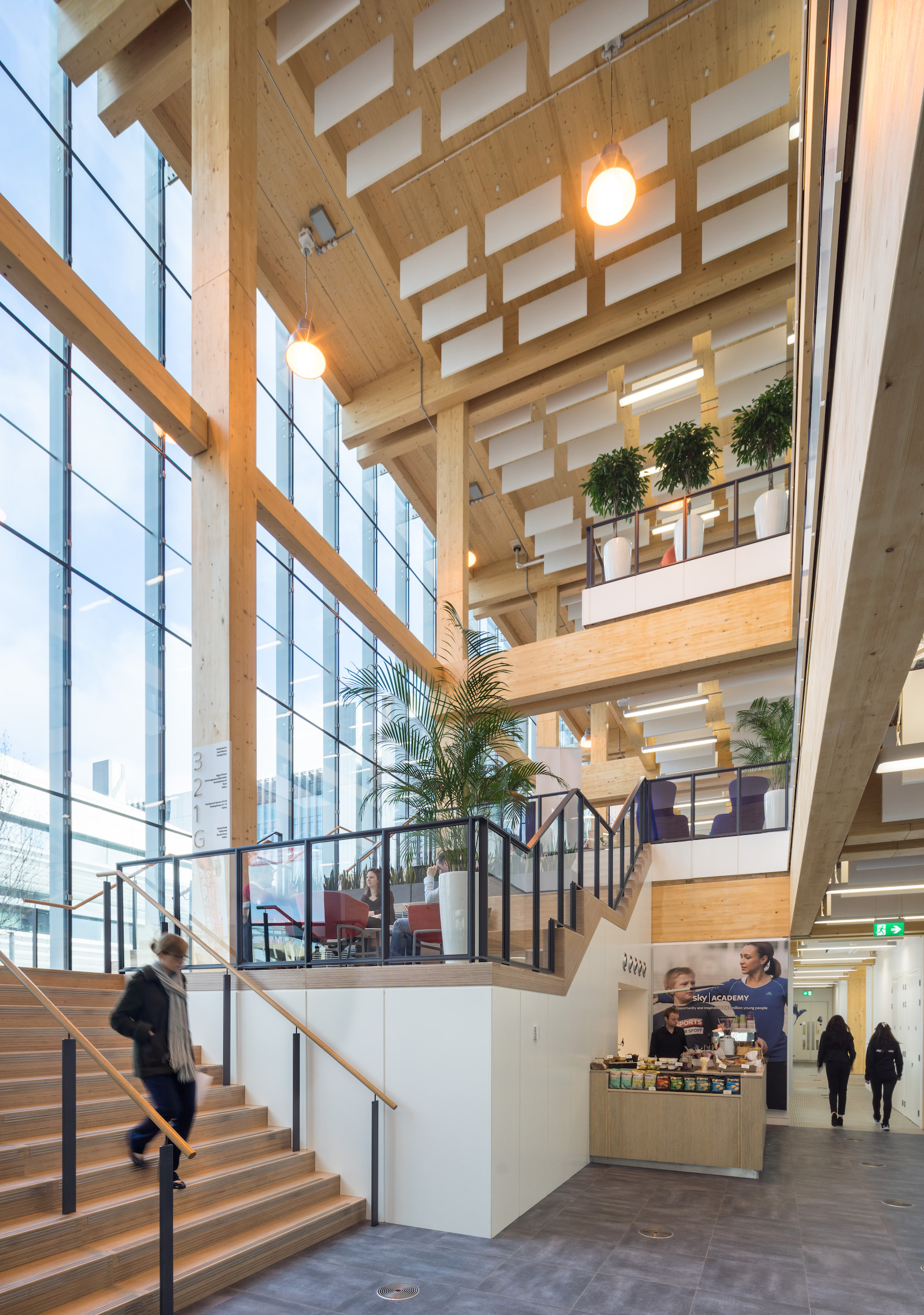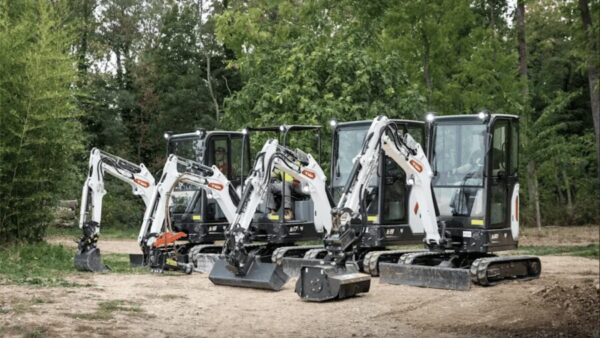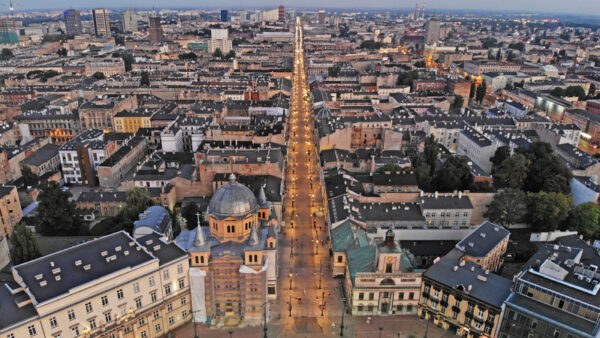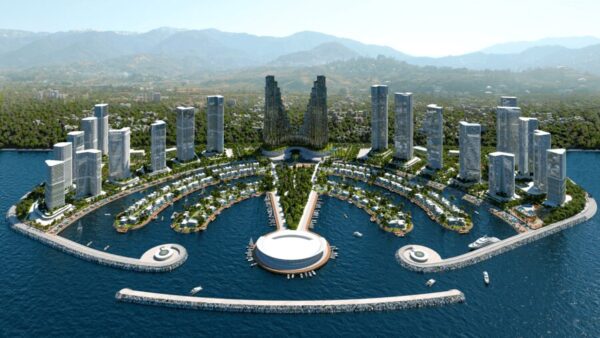
Arup has published a global guide on how to build fire-safe mass timber structures to encourage more use of the low-carbon alternative to concrete and steel.
The consultancy said it sets out an evidence-based approach to plug gaps in local country building regulations.
While the US, Canada, Australia, and some European countries have mature regulatory frameworks, many other countries don’t, it said.
The guide tackles topics like using timber in external walls and specific fire hazards for different building components.
It’s intended for fire safety engineers, structural engineers, architects, developers, local authorities, insurance companies, property owners, and project managers.
Arup said the guide draws on decades of its experience designing mass timber structures like broadcaster Sky’s “Believe in Better” building in London, the UK’s tallest timber commercial building, and the Galkangu Bendigo GovHub building in Australia.
Tested by fire
The company has also conducted some of the biggest timber fire safety experiments in the world.

Its Code Red research project in France saw a series of full-scale fire experiments in a 380-sq-m structure with exposed mass timber elements.
The test structure had built-in sensors measuring temperatures and heat flux.
Up to 50m tall
The guide addresses building typologies where mass timber has the greatest potential, which Arup said were office and residential buildings up to 50m tall and educational buildings up to 25m tall.
Judith Schulz, fire safety engineering lead, Arup said: “As well as gaps in codes and regulations, there is also a lack of knowledge amongst much of the design and construction community when it comes to designing fire-safe timber buildings.
“This means the opportunities for more sustainable construction are not currently being realised. We hope this guide will contribute to accelerating a move away from carbon-intensive materials and contribute to a growth in fire safe mass timber buildings, which offer great promise for reducing CO2 in low- to medium-rise buildings.”










